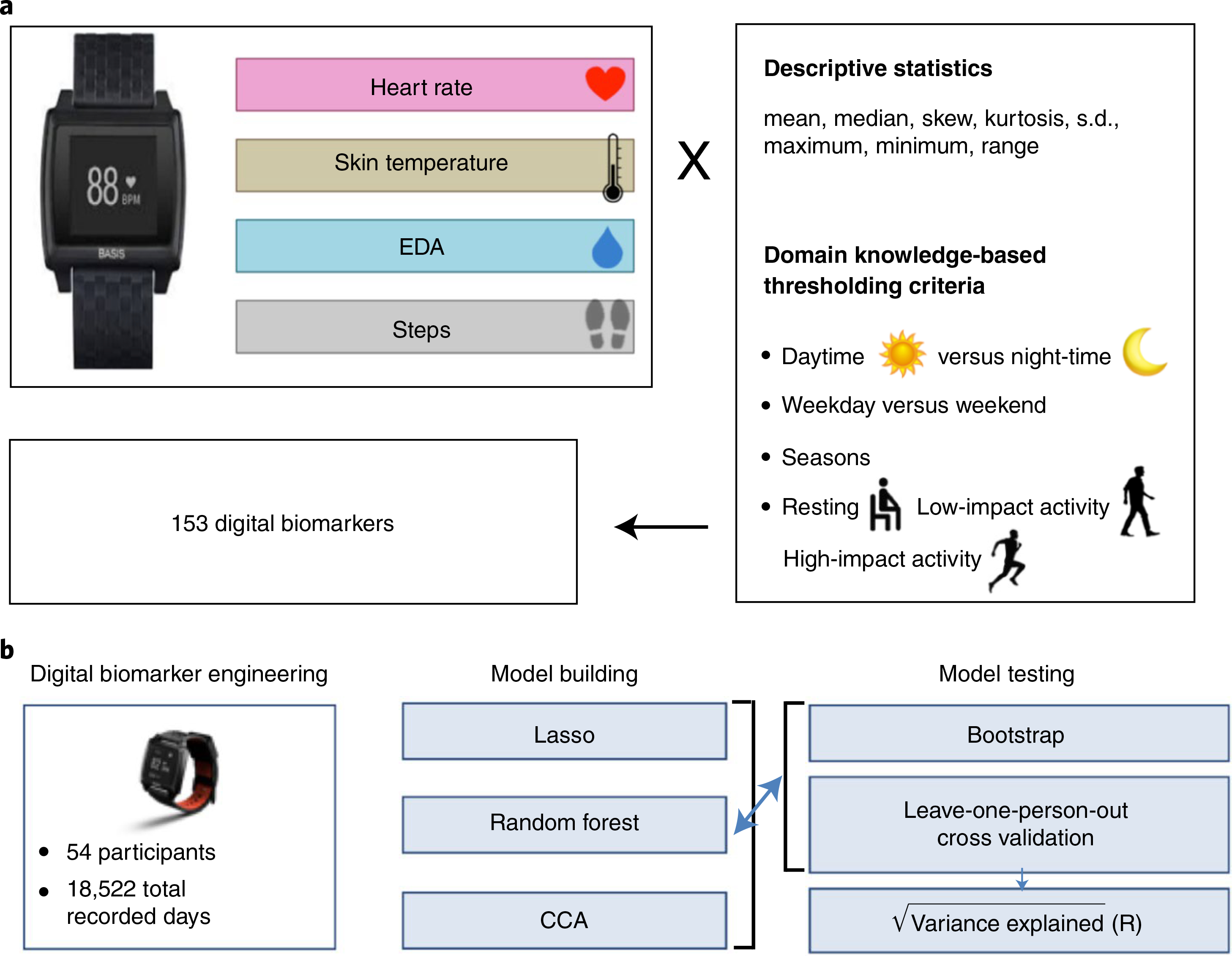Fig. 2 |. Methodology for predicting clinical laboratory measurements from vital signs collected using wearables.

a, Feature engineering pipeline to calculate potential digital biomarkers from continuous, longitudinal smart watch data. Statistical moments of the wVS, including heart rate, skin temperature, EDA and step counts, were subjected to thresholding based on the time of day, impact level of physical activity, and domain knowledge to reduce the size of the feature set. b, Overview of the modeling and analysis approach for this study, including the input data (left), statistical learning methods employed (middle) and model evaluation methodology (right).
